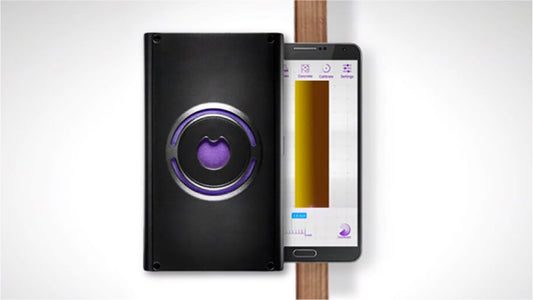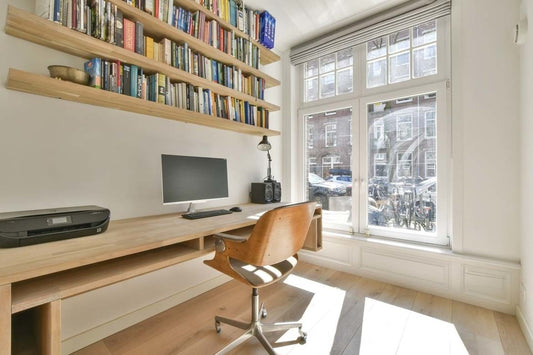Remodeling your kitchen is an exciting endeavor that can significantly enhance the functionality aesthetics, and value of your home. However, an essential aspect of this process, often overlooked, is locating hidden plumbing lines. Identifying where pipes run in your kitchen walls is crucial to prevent damage and additional costs. Let's explore how to locate these hidden plumbing lines effectively.
Understanding the layout
Every kitchen has a unique plumbing layout, typically centered around sinks, dishwashers, and sometimes refrigerators. Start by sketching a rough layout of your current kitchen, including these key fixtures. This will give you a general idea of where pipes might be located.

Tools and techniques for detection
You don't need to be a professional plumber to locate pipes. A few basic tools and techniques can help:
- Stud finders with pipe detection: Advanced stud finders can detect both metal and PVC pipes inside walls, giving you a clear idea of their locations.
- Infrared thermometers: These can help identify cold spots in the walls, often indicating the presence of water pipes.
- Professional inspection cameras: For a more thorough investigation, especially in older homes, consider renting or hiring a professional with an inspection camera.
- Consult Existing Plans: if you have access to your home's original architectural plans or plumbing schematics, they can provide invaluable information about the location of pipes.
Safety first
Always remember, safety is paramount:
- Turn off water supply: Before you start any invasive work, ensure the water supply is turned off.
- Test for live pipes: Before drilling or cutting, use your detection tools to double-check for live pipes.
When to call a professional
If you're unsure about any aspect of the plumbing, especially in older or custom-built homes, it's wise to consult a professional plumber. They can provide insights and prevent costly mistakes.
Locating hidden plumbing lines is a critical step in your kitchen remodel. With the right tools and a careful approach, you can avoid potential disasters and ensure a smooth remodeling process. Remember, when in doubt, it's always best to seek professional advice.





